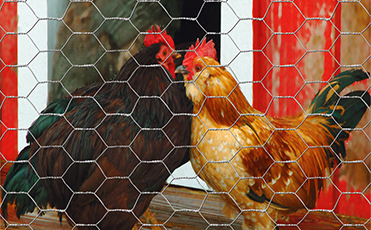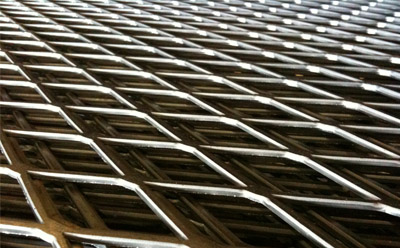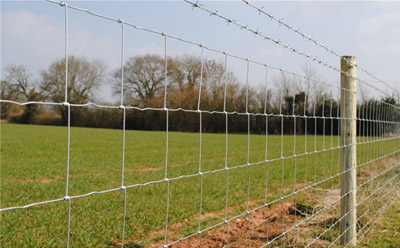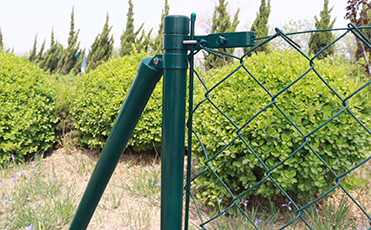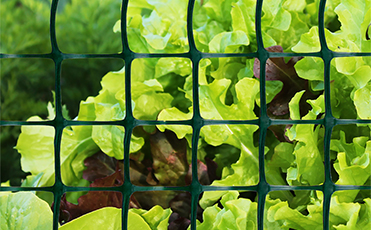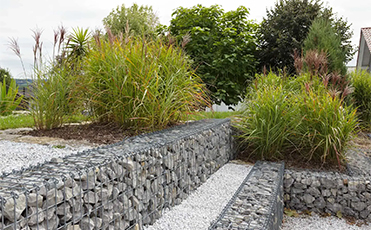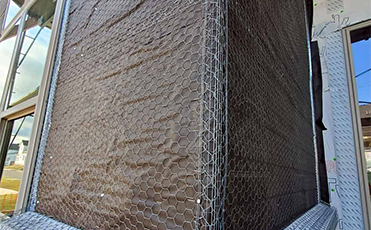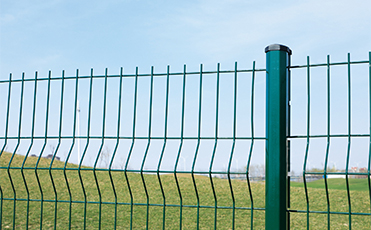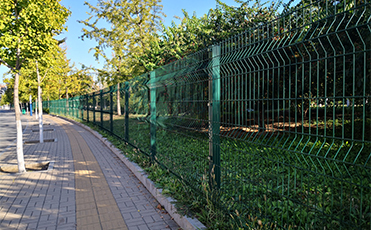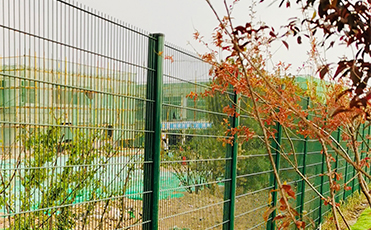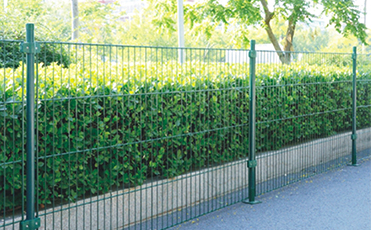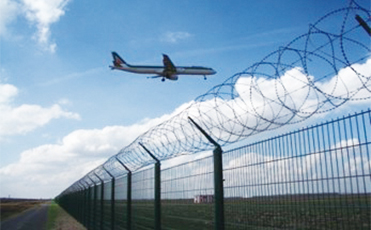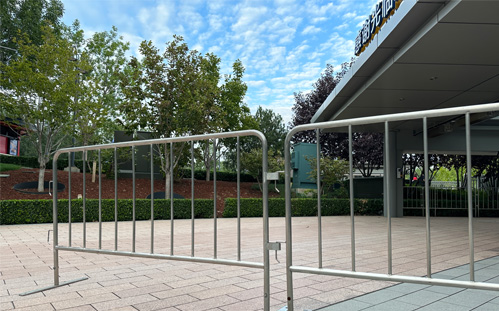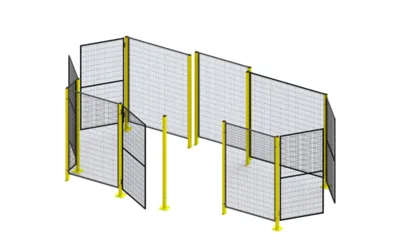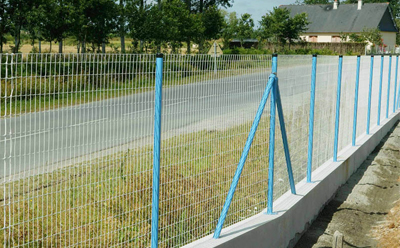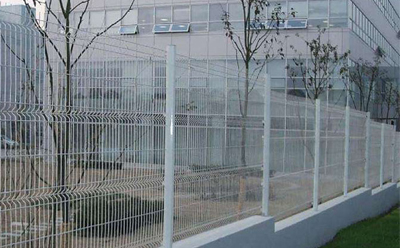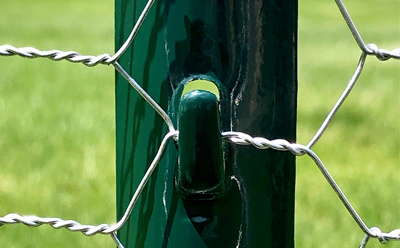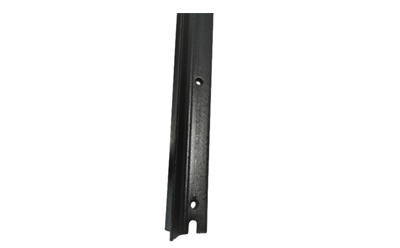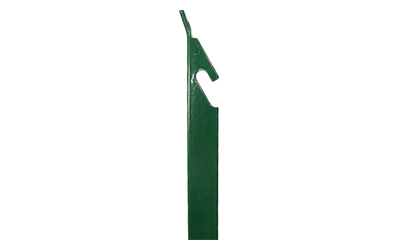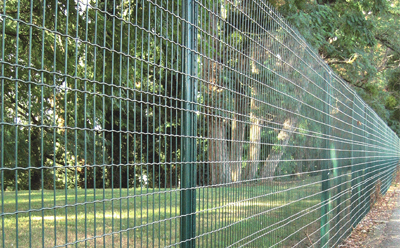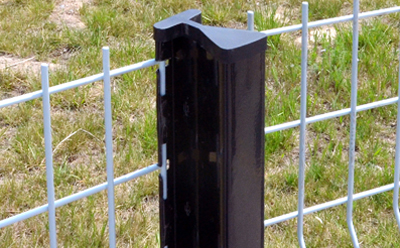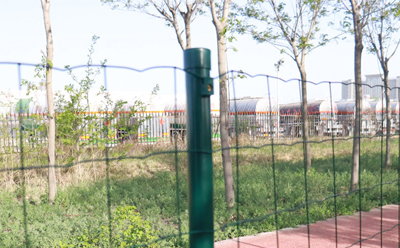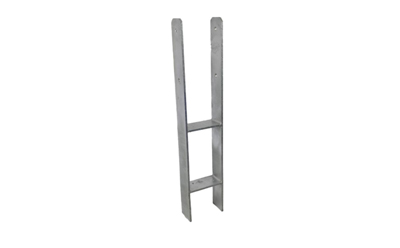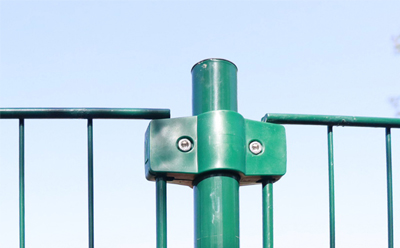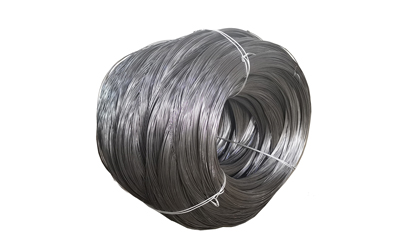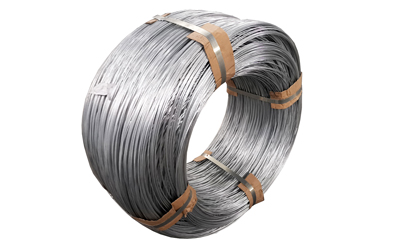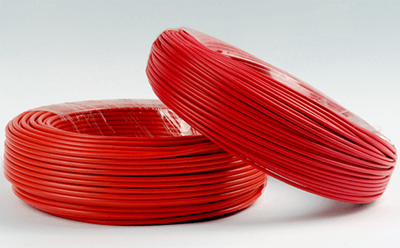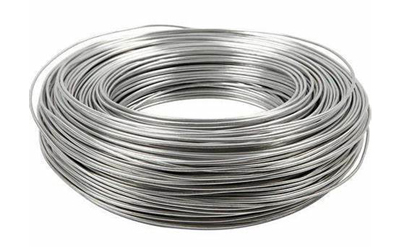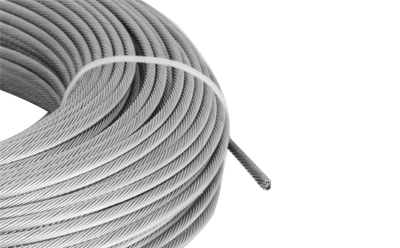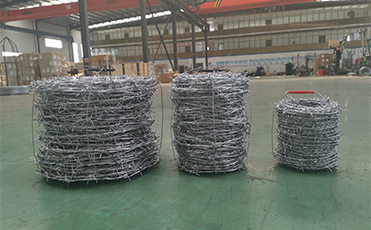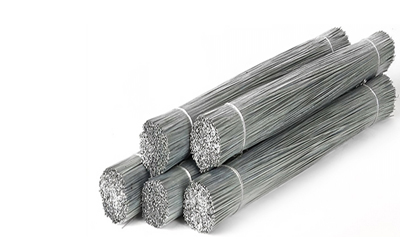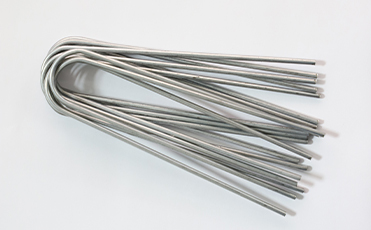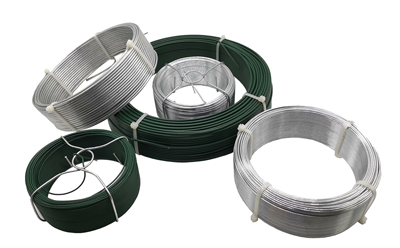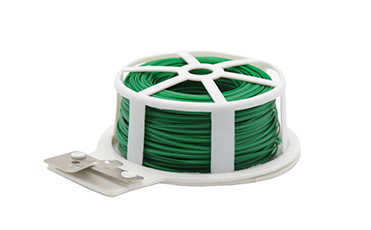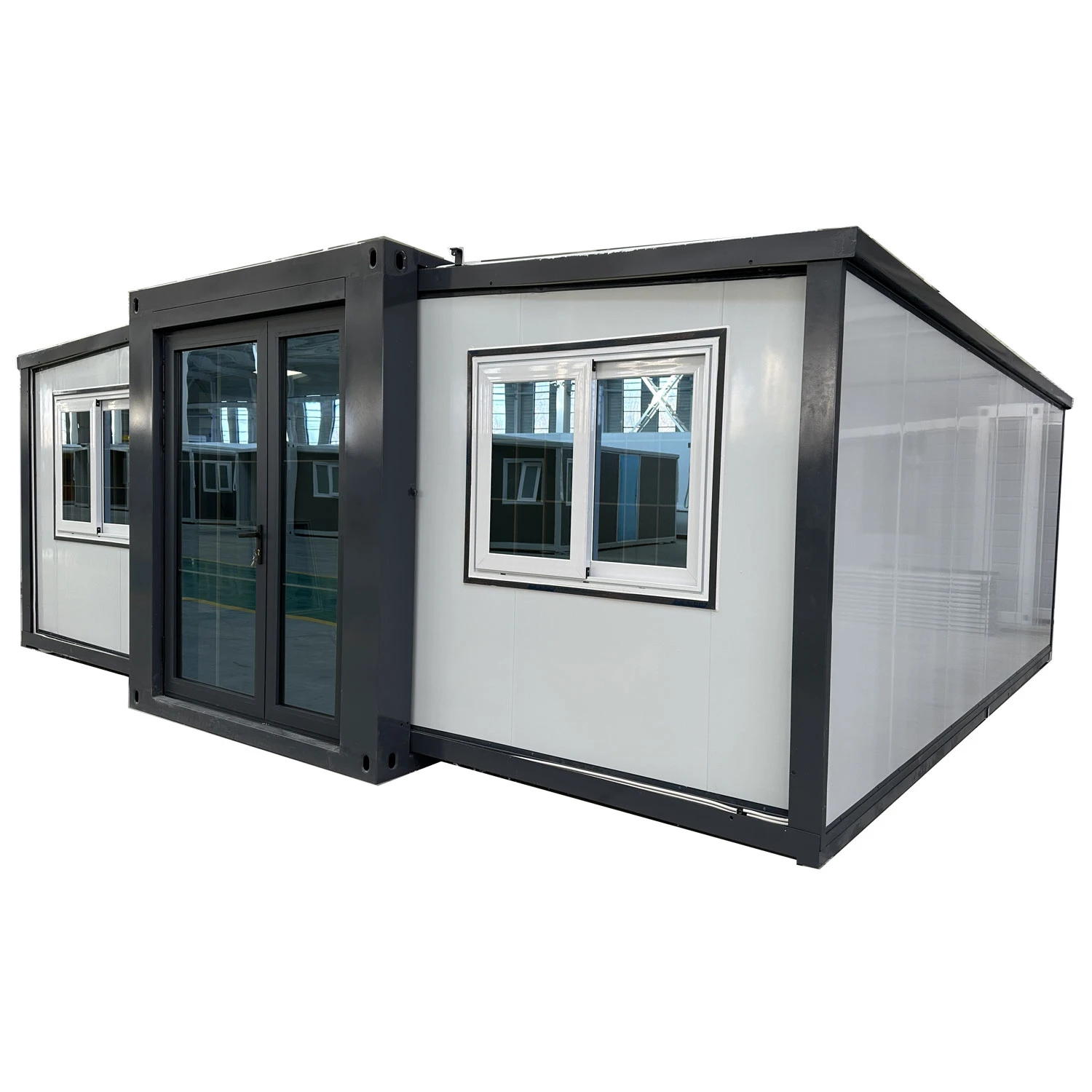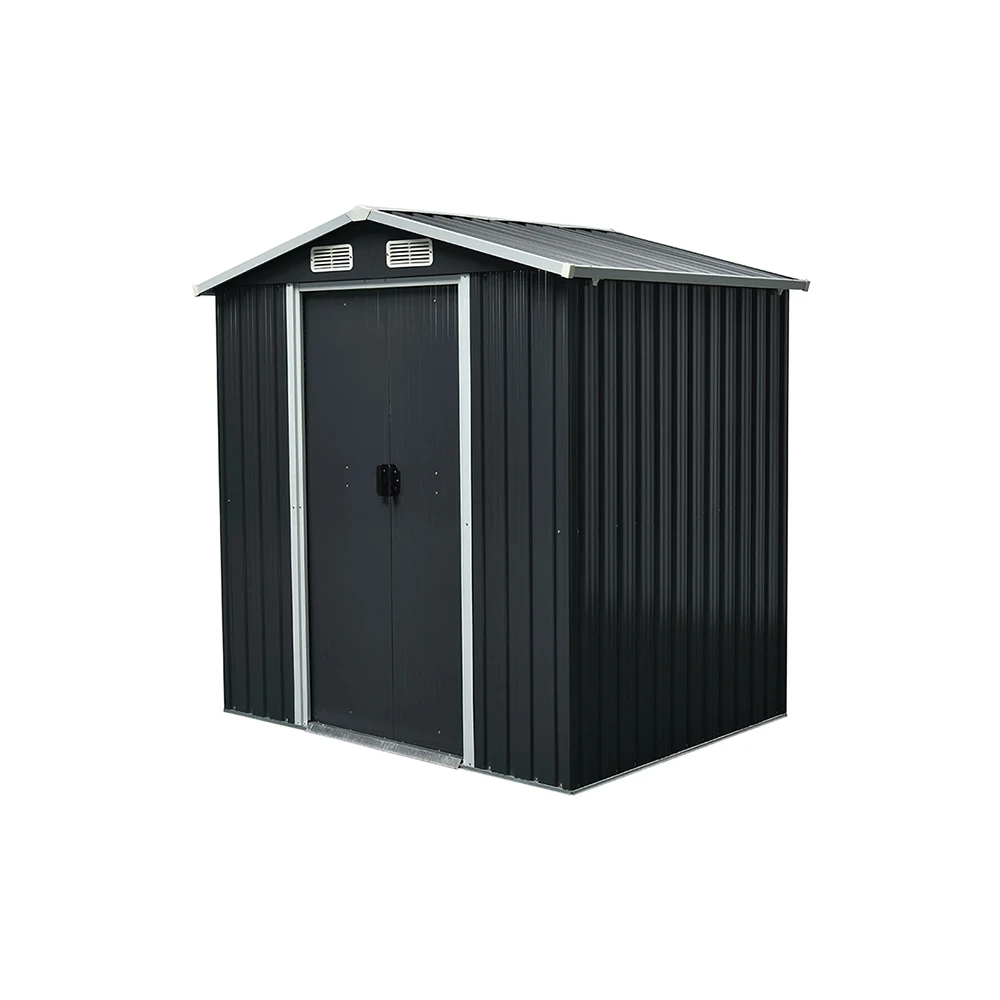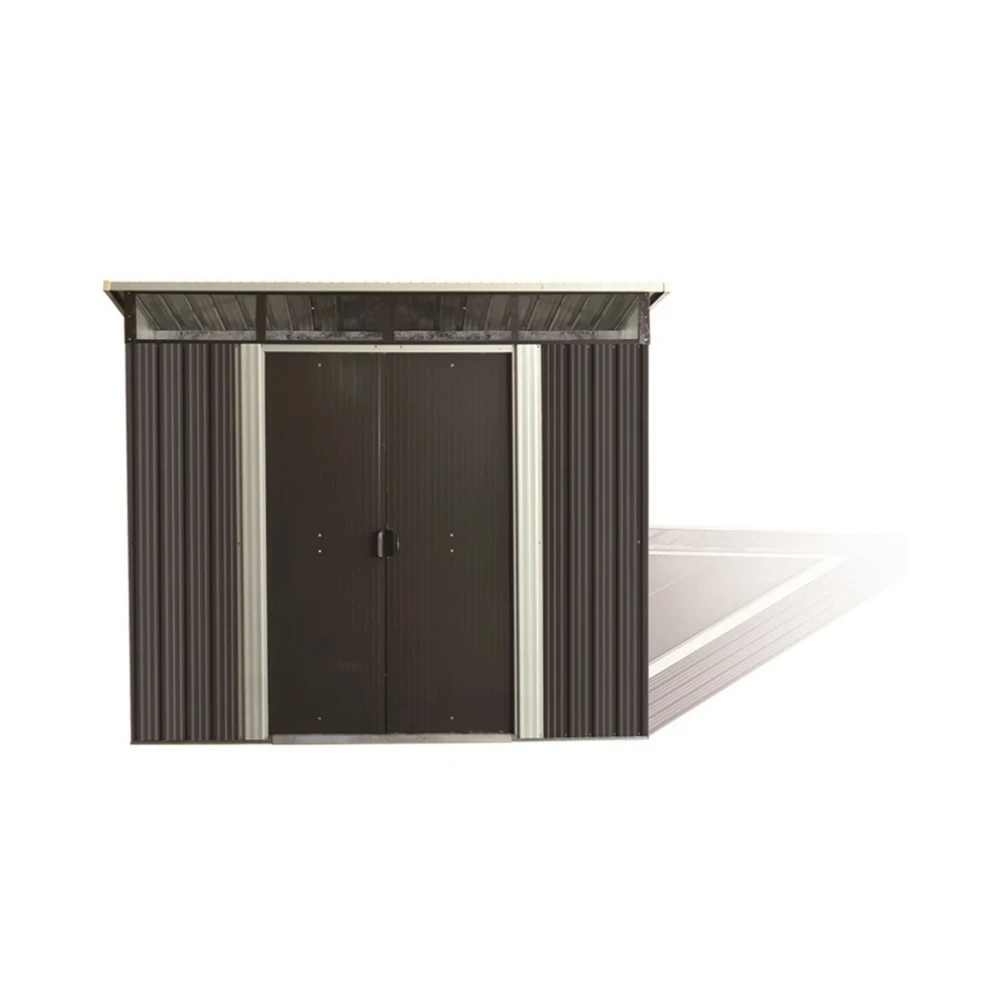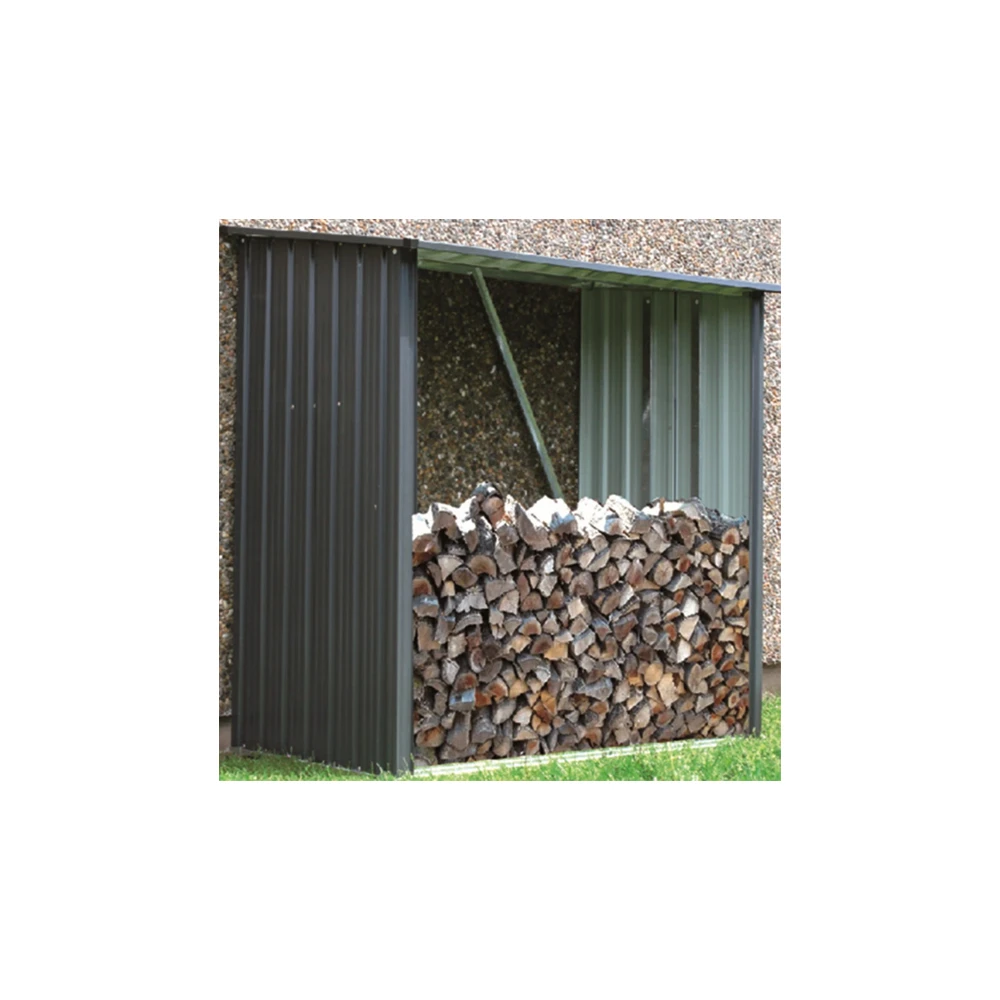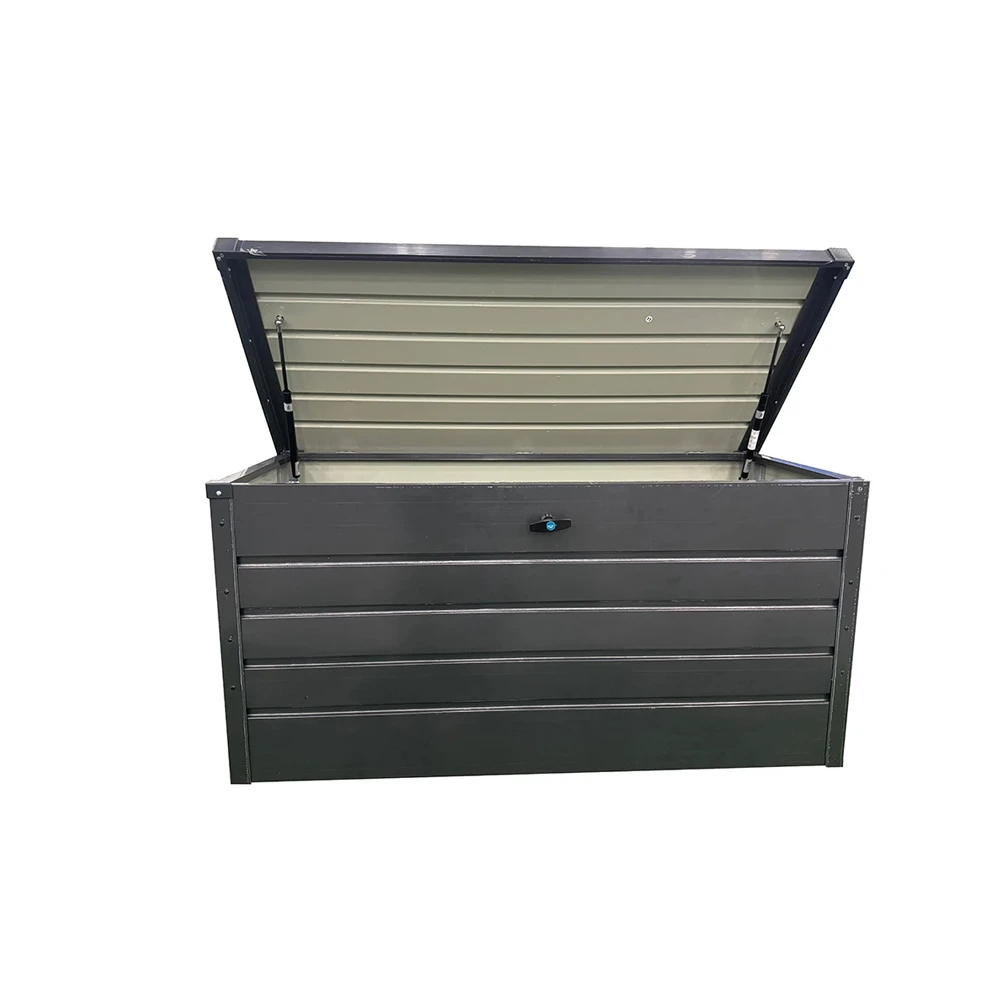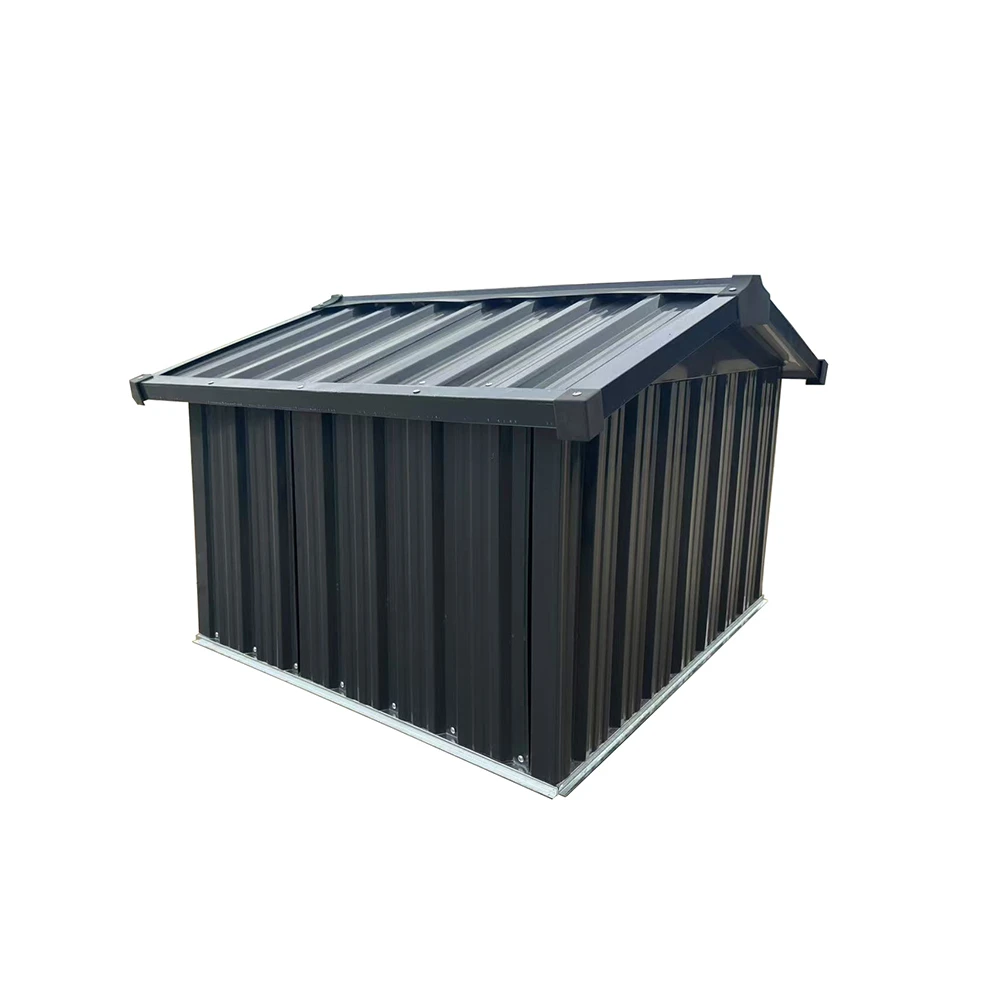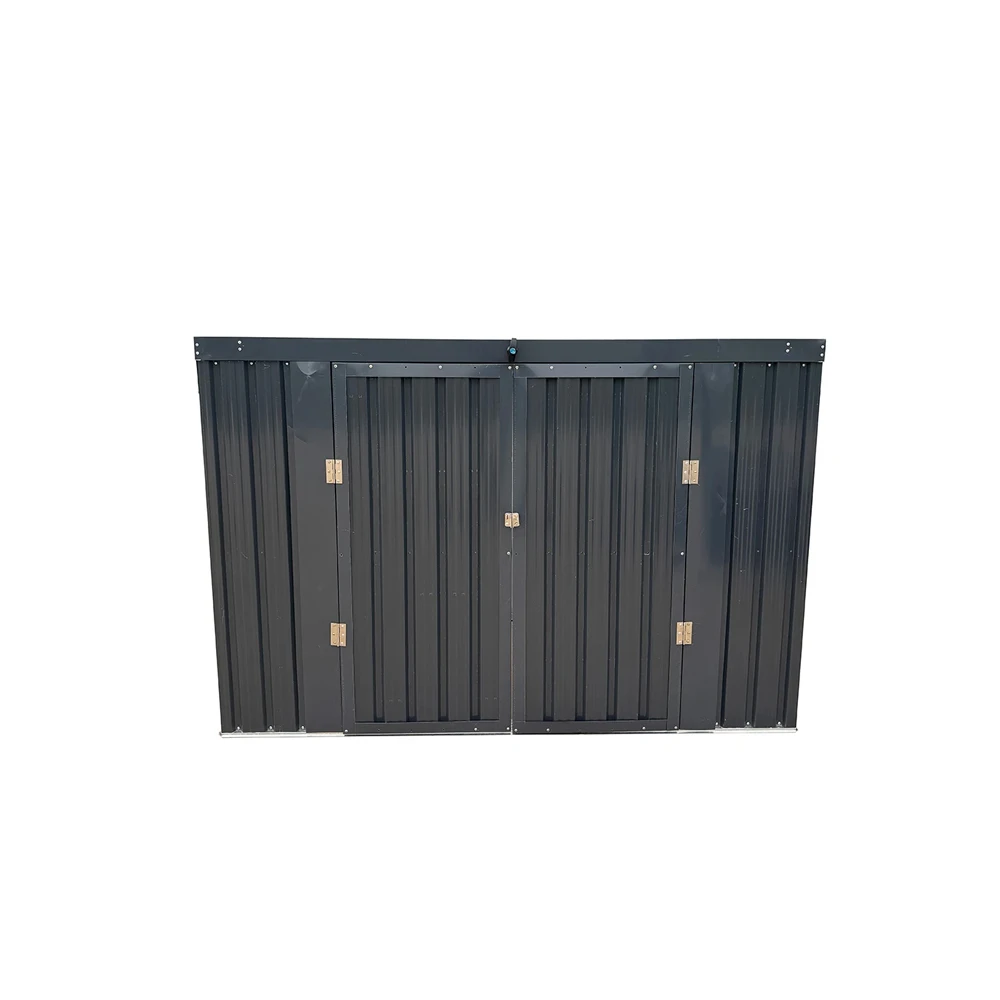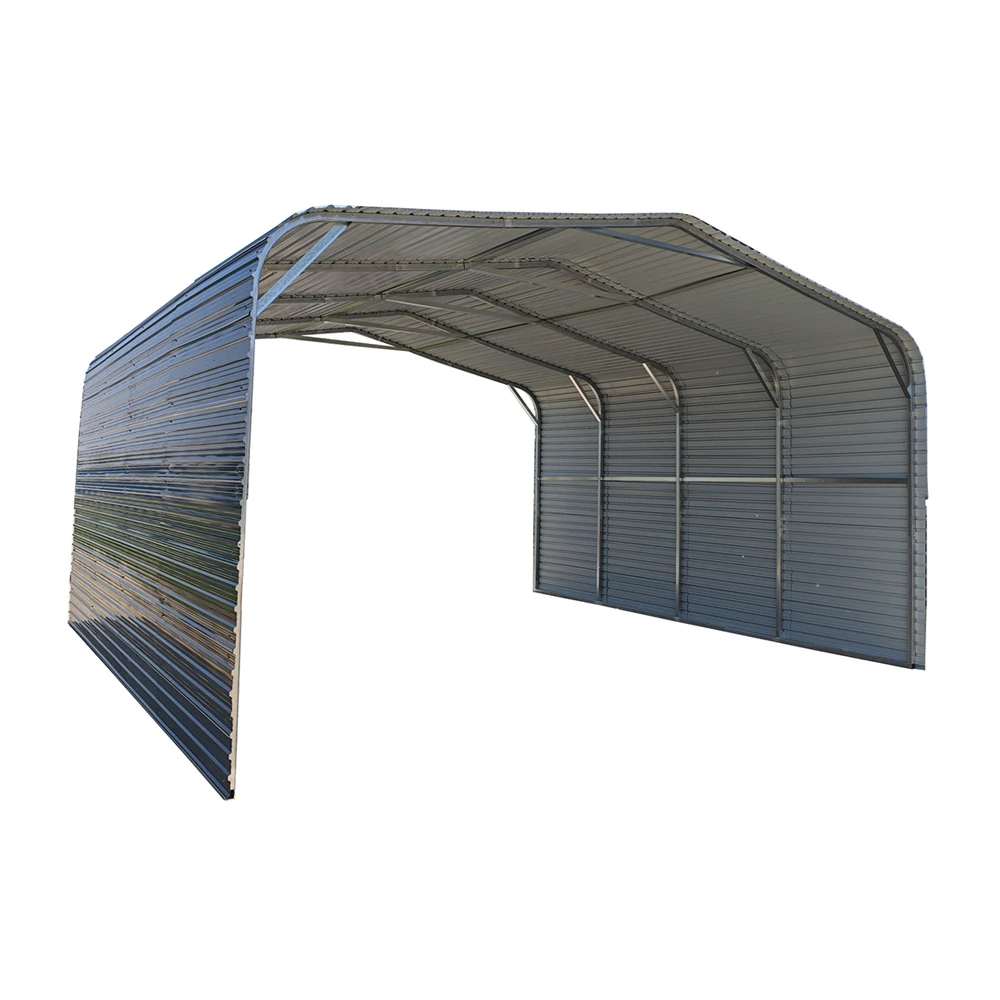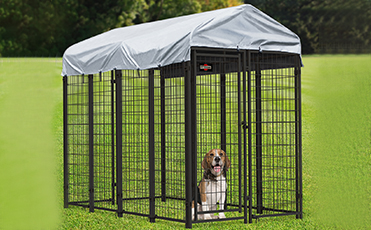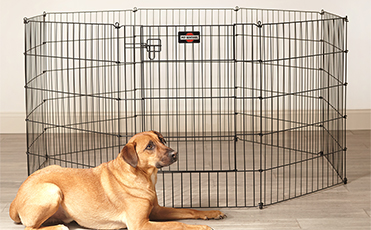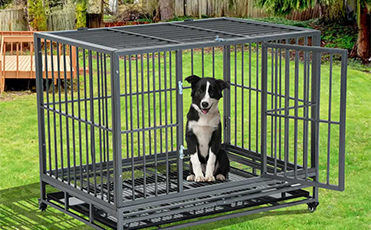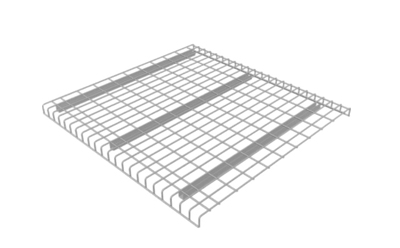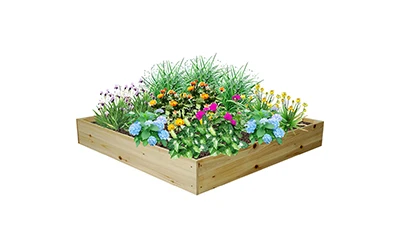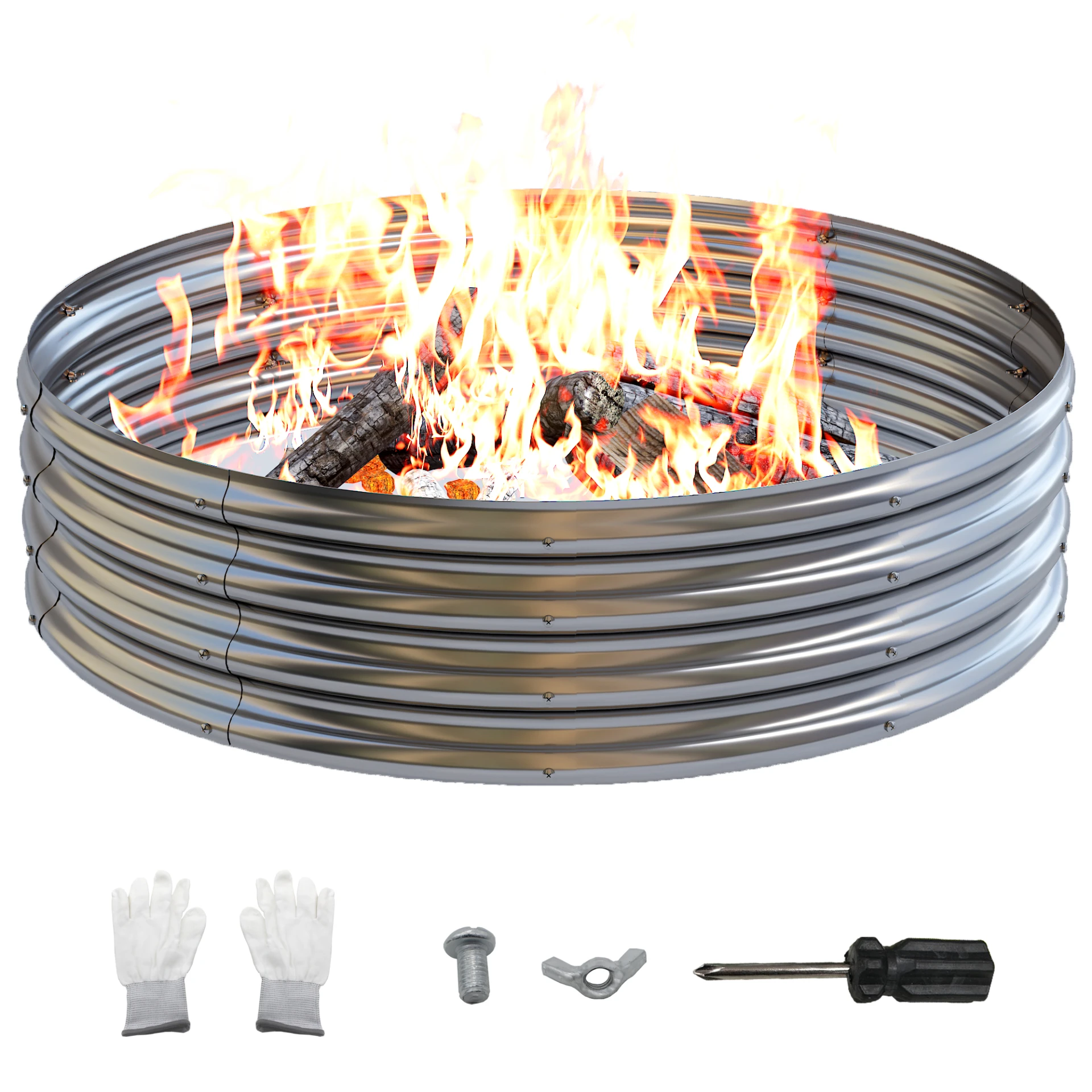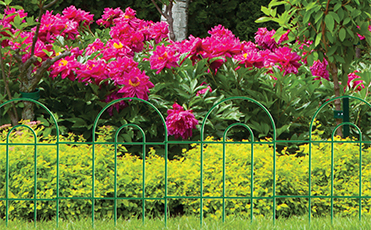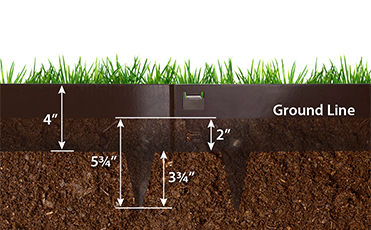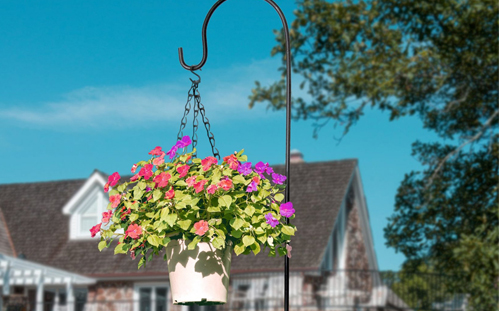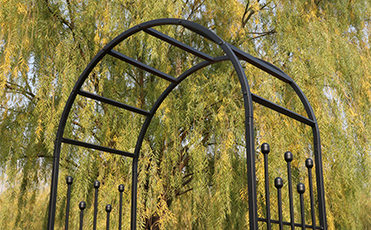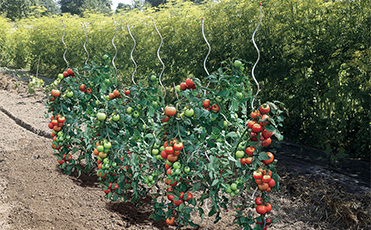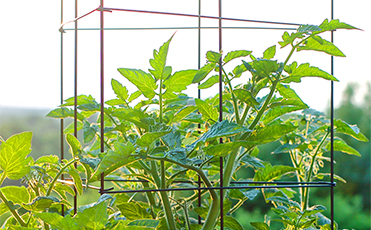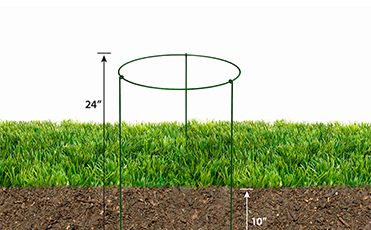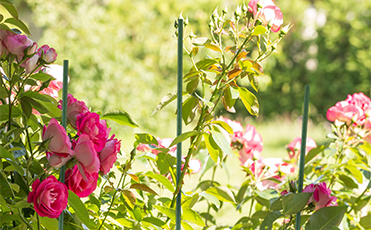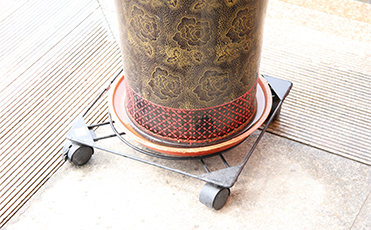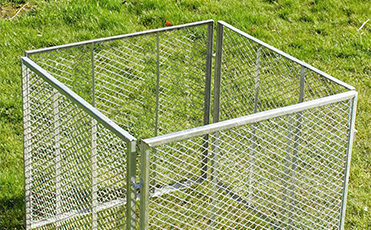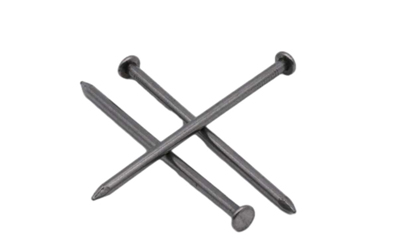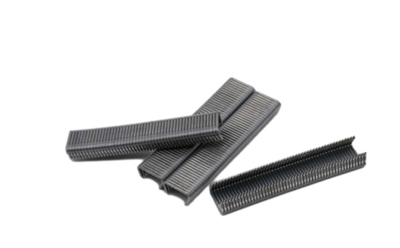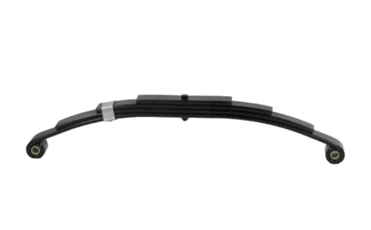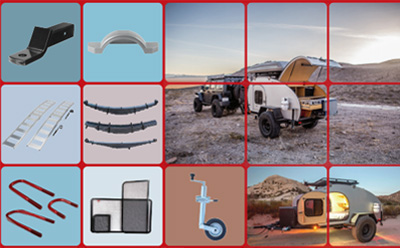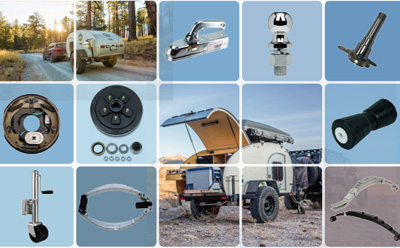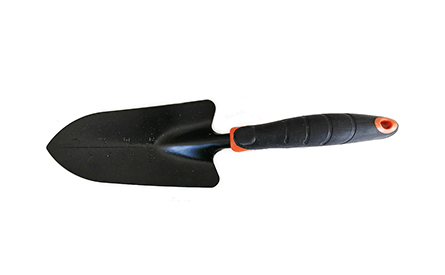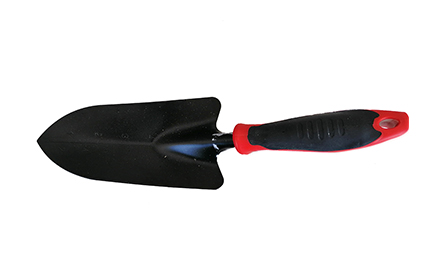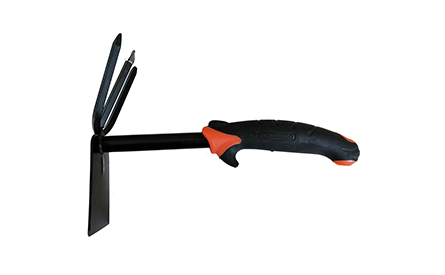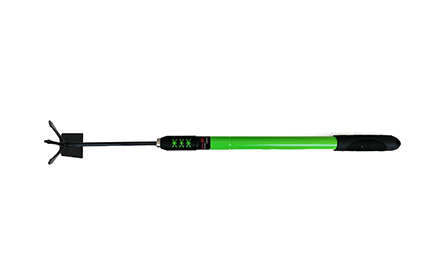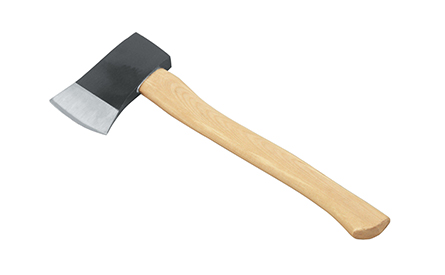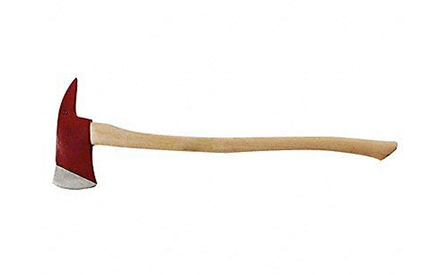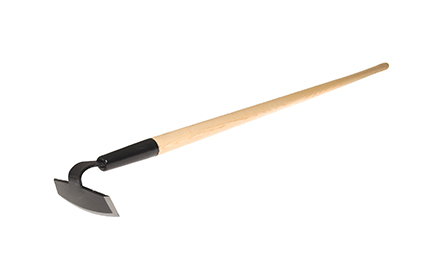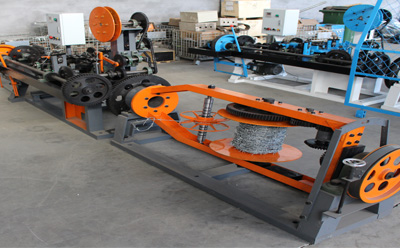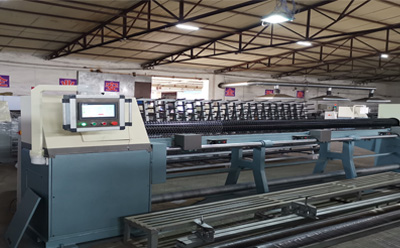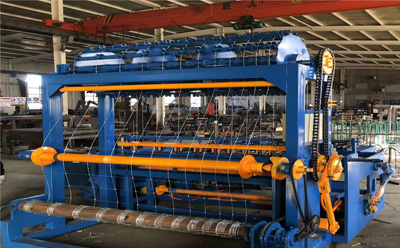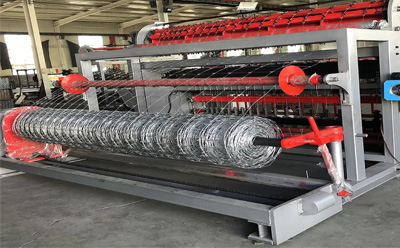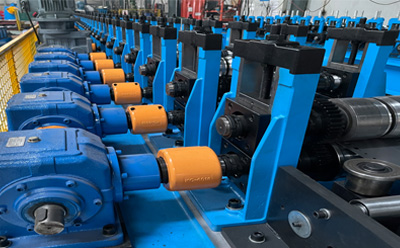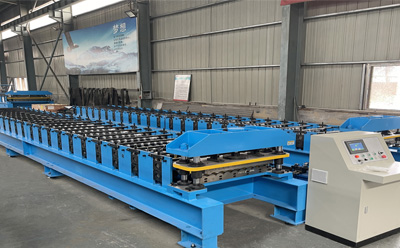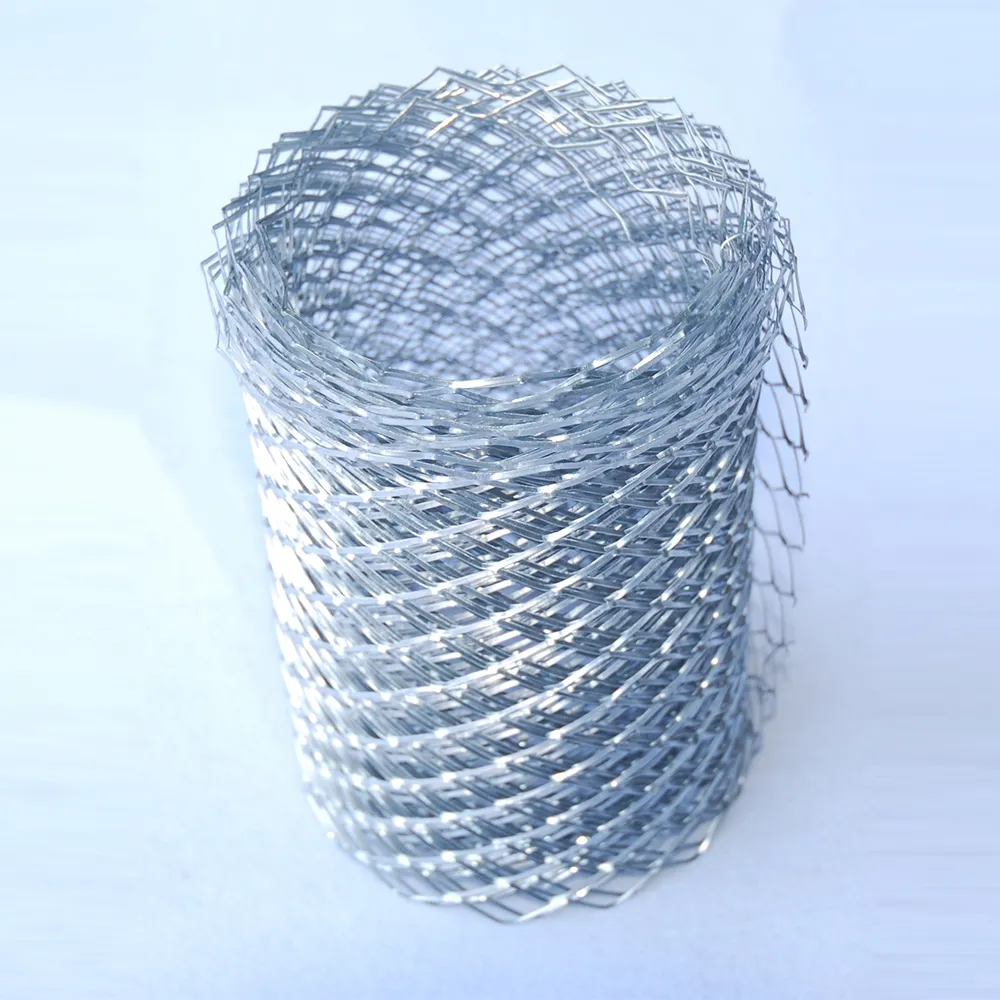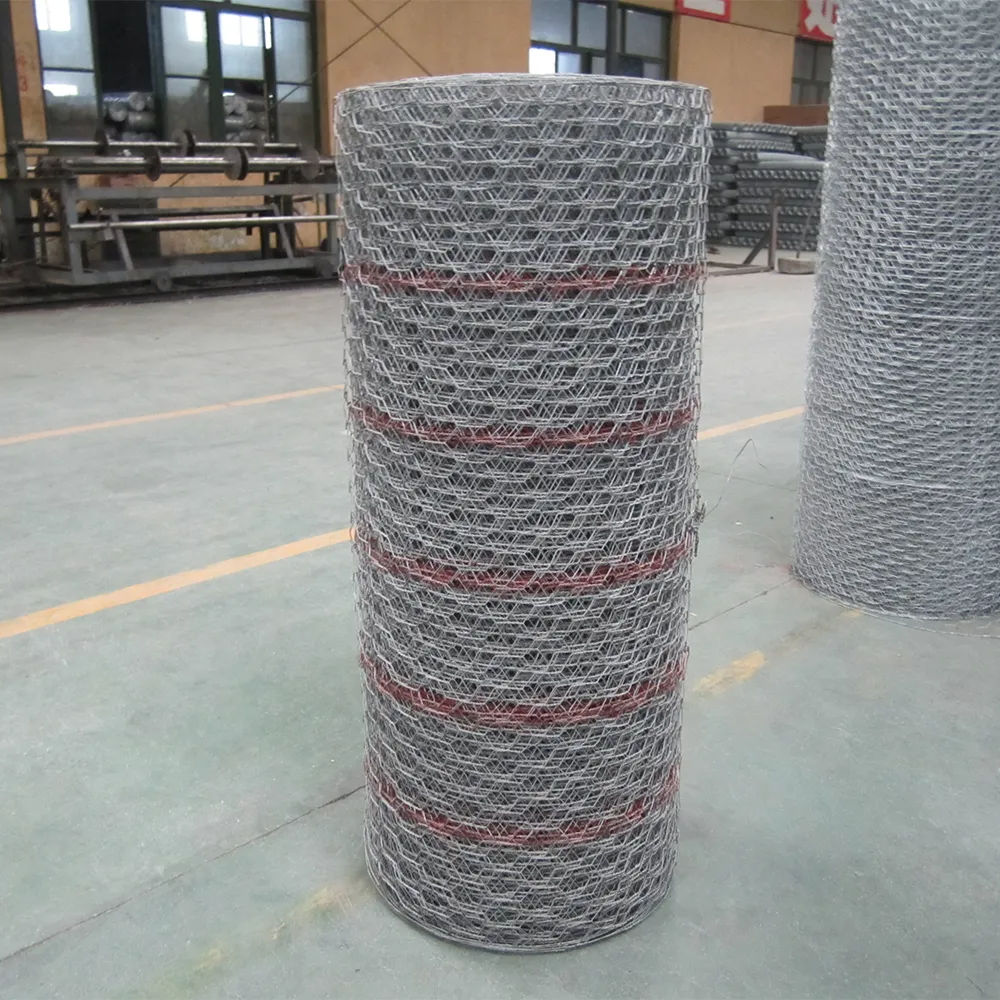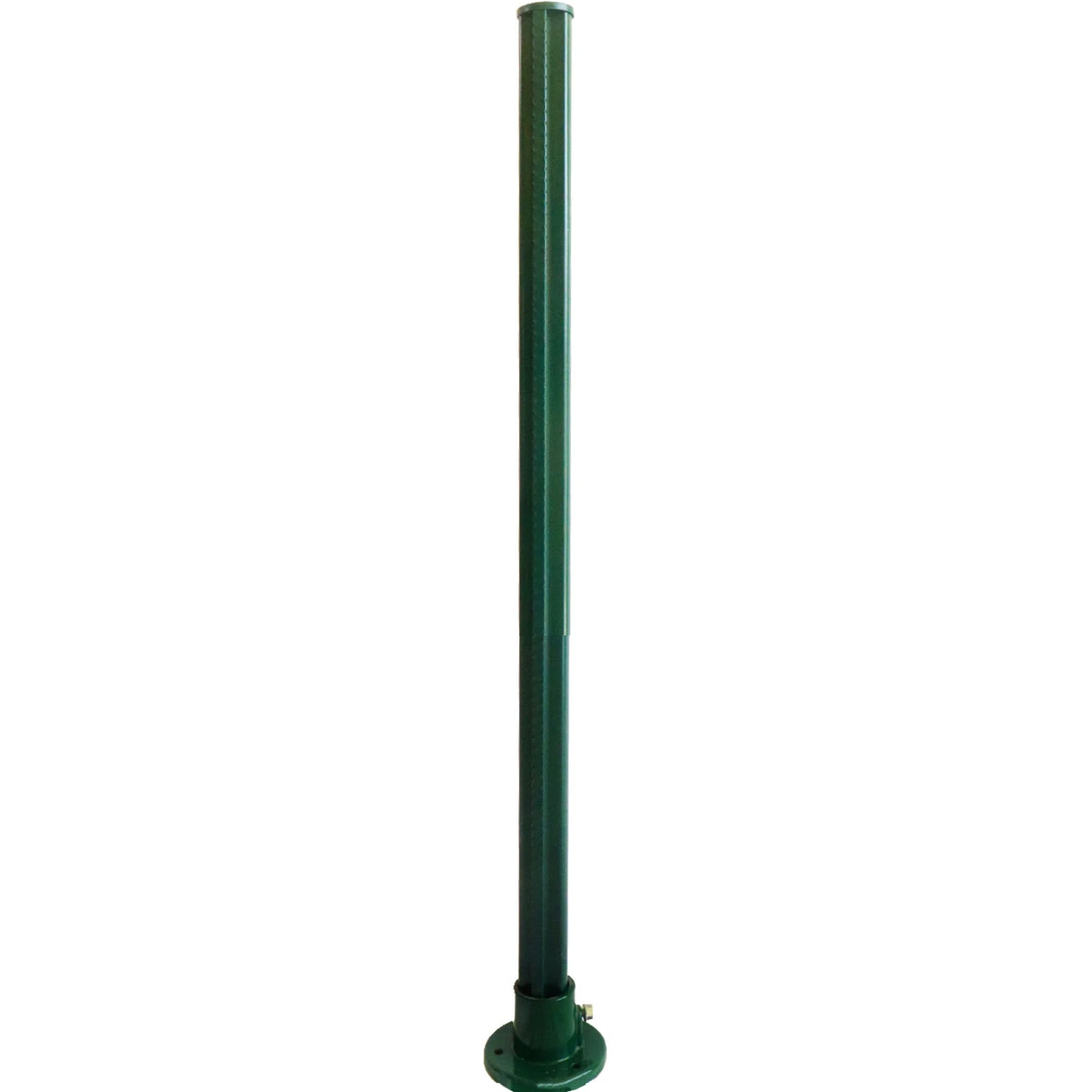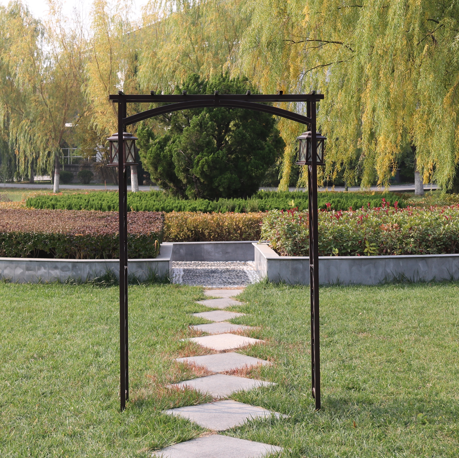Related News
Fencing in Farmland: A Comprehensive Guide
Apr . 23, 2024 17:20 . By enclosing fields, fences can protect livestock, crops, and property, improve grazing management, reduce erosion, and enhance overall farm operations. However, choosing and installing the right fencing system can be a complex task, with a wide range of factors to consider. This comprehensive guide will provide you with all the essential information you need to make informed decisions about fencing in your farmland.
**Types of Fencing:**
The first step in selecting a fencing system is to determine the type of fencing that best suits your specific needs. There are numerous fencing options available, each with its own advantages and disadvantages. Some of the most common types of fencing include:
* **Barbed Wire Fencing:** Barbed wire fencing is a cost-effective and durable option that is widely used for livestock containment. However, it can be hazardous to animals and humans, and requires regular maintenance.
* **Woven Wire Fencing:** Woven wire fencing is a more humane and aesthetically pleasing alternative to barbed wire fencing. It is also more durable and requires less maintenance.
. By enclosing fields, fences can protect livestock, crops, and property, improve grazing management, reduce erosion, and enhance overall farm operations. However, choosing and installing the right fencing system can be a complex task, with a wide range of factors to consider. This comprehensive guide will provide you with all the essential information you need to make informed decisions about fencing in your farmland.
**Types of Fencing:**
The first step in selecting a fencing system is to determine the type of fencing that best suits your specific needs. There are numerous fencing options available, each with its own advantages and disadvantages. Some of the most common types of fencing include:
* **Barbed Wire Fencing:** Barbed wire fencing is a cost-effective and durable option that is widely used for livestock containment. However, it can be hazardous to animals and humans, and requires regular maintenance.
* **Woven Wire Fencing:** Woven wire fencing is a more humane and aesthetically pleasing alternative to barbed wire fencing. It is also more durable and requires less maintenance. . It is easy to install and maintain, but requires a reliable power source.
* **High-Tensile Fencing:** High-tensile fencing is a strong and durable option that is suitable for large livestock and predator control. It requires specialized equipment to install and maintain.
* **Polywire Fencing:** Polywire fencing is a lightweight and flexible option that is commonly used for temporary fencing or for dividing pastures. It is not as strong or durable as other types of fencing.
**Choosing the Right Fence:**
Once you have determined the type of fencing you need, the next step is to choose the right fence for your specific application. Consider the following factors when making your decision:
* **Purpose:** Determine the primary purpose of the fence, such as livestock containment, predator control, or property boundary.
* **Livestock:** Consider the type and size of livestock you will be containing, as well as their specific fencing requirements.
* **Terrain:** The terrain of your farmland will impact the type of fencing you choose.
. It is easy to install and maintain, but requires a reliable power source.
* **High-Tensile Fencing:** High-tensile fencing is a strong and durable option that is suitable for large livestock and predator control. It requires specialized equipment to install and maintain.
* **Polywire Fencing:** Polywire fencing is a lightweight and flexible option that is commonly used for temporary fencing or for dividing pastures. It is not as strong or durable as other types of fencing.
**Choosing the Right Fence:**
Once you have determined the type of fencing you need, the next step is to choose the right fence for your specific application. Consider the following factors when making your decision:
* **Purpose:** Determine the primary purpose of the fence, such as livestock containment, predator control, or property boundary.
* **Livestock:** Consider the type and size of livestock you will be containing, as well as their specific fencing requirements.
* **Terrain:** The terrain of your farmland will impact the type of fencing you choose. .
* **Budget:** Fencing can be a significant investment, so it is important to set a budget and carefully consider the cost of materials, installation, and maintenance.
**Installing a Fence:**
Installing a fence can be a challenging task, but with proper planning and preparation, you can ensure a successful outcome. Follow these steps to install a fence:
* **Plan the Layout:** Determine the location of your fence and mark the boundaries. Consider the location of gates, water sources, and other obstacles.
* **Prepare the Site:** Clear the area of debris and vegetation. If necessary, level the ground and remove any obstacles.
* **Set the Posts:** Dig holes for the posts and set them in concrete. Ensure that the posts are plumb and at the correct spacing.
* **Attach the Wire:** Unroll the wire and attach it to the posts using staples or clips.
.
* **Budget:** Fencing can be a significant investment, so it is important to set a budget and carefully consider the cost of materials, installation, and maintenance.
**Installing a Fence:**
Installing a fence can be a challenging task, but with proper planning and preparation, you can ensure a successful outcome. Follow these steps to install a fence:
* **Plan the Layout:** Determine the location of your fence and mark the boundaries. Consider the location of gates, water sources, and other obstacles.
* **Prepare the Site:** Clear the area of debris and vegetation. If necessary, level the ground and remove any obstacles.
* **Set the Posts:** Dig holes for the posts and set them in concrete. Ensure that the posts are plumb and at the correct spacing.
* **Attach the Wire:** Unroll the wire and attach it to the posts using staples or clips. .
* **Install Gates:** Install gates at strategic locations to allow access to the field. Ensure that the gates are properly hung and secure.
**Maintaining a Fence:**
Once your fence is installed, regular maintenance is essential to ensure its longevity and effectiveness. Follow these tips to maintain your fence:
* **Inspect Regularly:** Inspect your fence regularly for any signs of damage or wear. Repair any damage promptly to prevent further issues.
* **Tighten Wire:** Over time, wire can stretch and sag. Tighten the wire as needed to maintain its tension.
* **Lubricate Gates:** Lubricate gate hinges and latches regularly to ensure smooth operation.
* **Control Vegetation:** Keep vegetation away from the fence to prevent damage and ensure proper functionality.
.
* **Install Gates:** Install gates at strategic locations to allow access to the field. Ensure that the gates are properly hung and secure.
**Maintaining a Fence:**
Once your fence is installed, regular maintenance is essential to ensure its longevity and effectiveness. Follow these tips to maintain your fence:
* **Inspect Regularly:** Inspect your fence regularly for any signs of damage or wear. Repair any damage promptly to prevent further issues.
* **Tighten Wire:** Over time, wire can stretch and sag. Tighten the wire as needed to maintain its tension.
* **Lubricate Gates:** Lubricate gate hinges and latches regularly to ensure smooth operation.
* **Control Vegetation:** Keep vegetation away from the fence to prevent damage and ensure proper functionality. .
**Benefits of Fencing:**
Investing in a well-designed and maintained fence can provide numerous benefits to farmers and ranchers, including:
* **Livestock Containment:** Fences prevent livestock from straying and protect them from predators.
* **Crop Protection:** Fences protect crops from damage caused by livestock or wildlife.
* **Grazing Management:** Fences allow farmers to divide pastures and control livestock grazing patterns, improving pasture health and productivity.
* **Erosion Control:** Fences can help to reduce erosion by preventing livestock from trampling vegetation and compacting soil.
* **Property Protection:** Fences define property boundaries and prevent unauthorized access.
**Conclusion:**
Fencing is an essential component of modern agriculture, providing numerous benefits to farmers and ranchers. By carefully choosing and installing the right fencing system, you can protect your livestock, crops, and property, improve grazing management, reduce erosion, and enhance overall farm operations. Regular maintenance is crucial to ensure the longevity and effectiveness of your fence. By following the guidance provided in this comprehensive guide, you can make informed decisions about fencing in your farmland and reap the benefits for years to come.
.
**Benefits of Fencing:**
Investing in a well-designed and maintained fence can provide numerous benefits to farmers and ranchers, including:
* **Livestock Containment:** Fences prevent livestock from straying and protect them from predators.
* **Crop Protection:** Fences protect crops from damage caused by livestock or wildlife.
* **Grazing Management:** Fences allow farmers to divide pastures and control livestock grazing patterns, improving pasture health and productivity.
* **Erosion Control:** Fences can help to reduce erosion by preventing livestock from trampling vegetation and compacting soil.
* **Property Protection:** Fences define property boundaries and prevent unauthorized access.
**Conclusion:**
Fencing is an essential component of modern agriculture, providing numerous benefits to farmers and ranchers. By carefully choosing and installing the right fencing system, you can protect your livestock, crops, and property, improve grazing management, reduce erosion, and enhance overall farm operations. Regular maintenance is crucial to ensure the longevity and effectiveness of your fence. By following the guidance provided in this comprehensive guide, you can make informed decisions about fencing in your farmland and reap the benefits for years to come. Copyright © 2025 Hebei Minmetals Co., Ltd. All Rights Reserved. Sitemap | Privacy Policy


